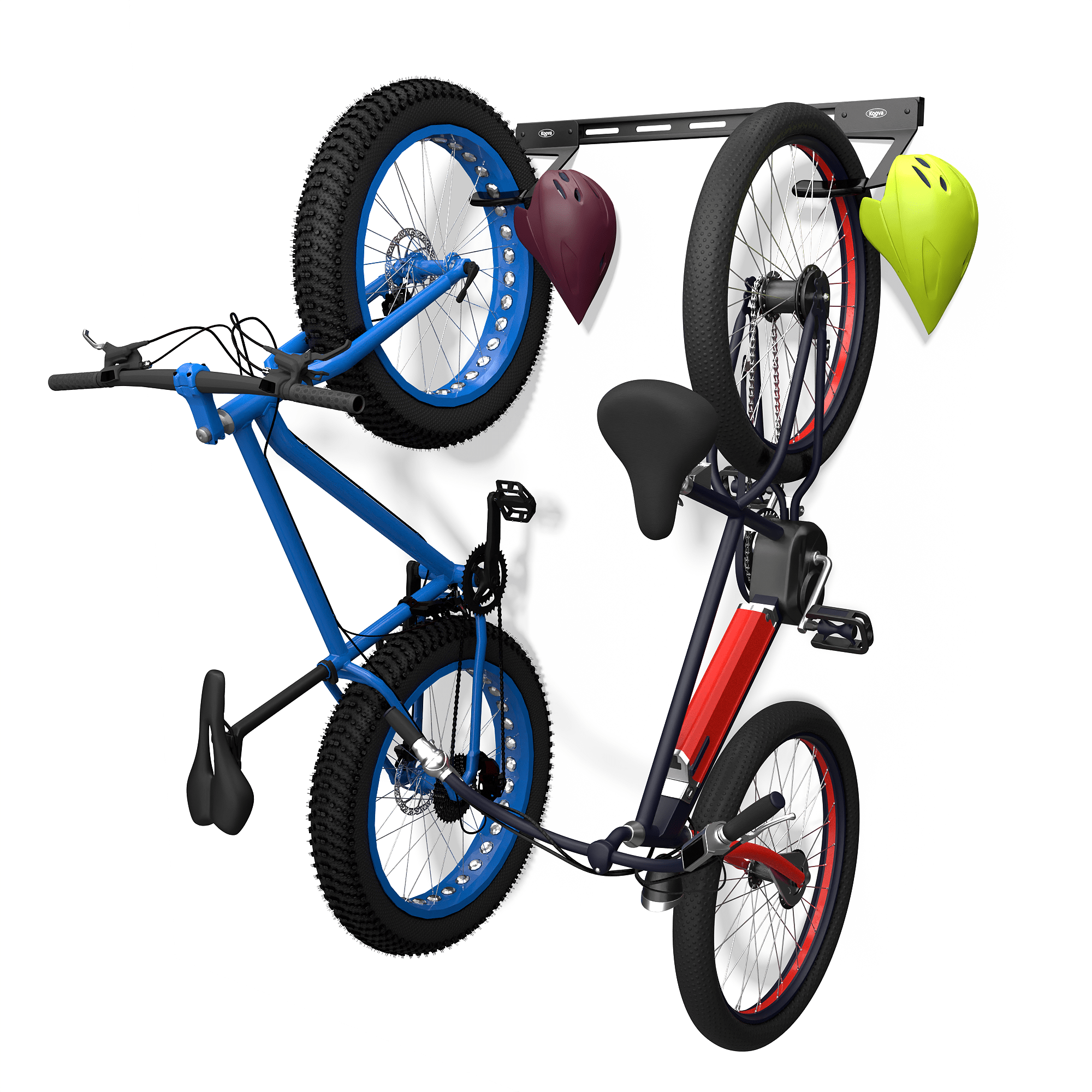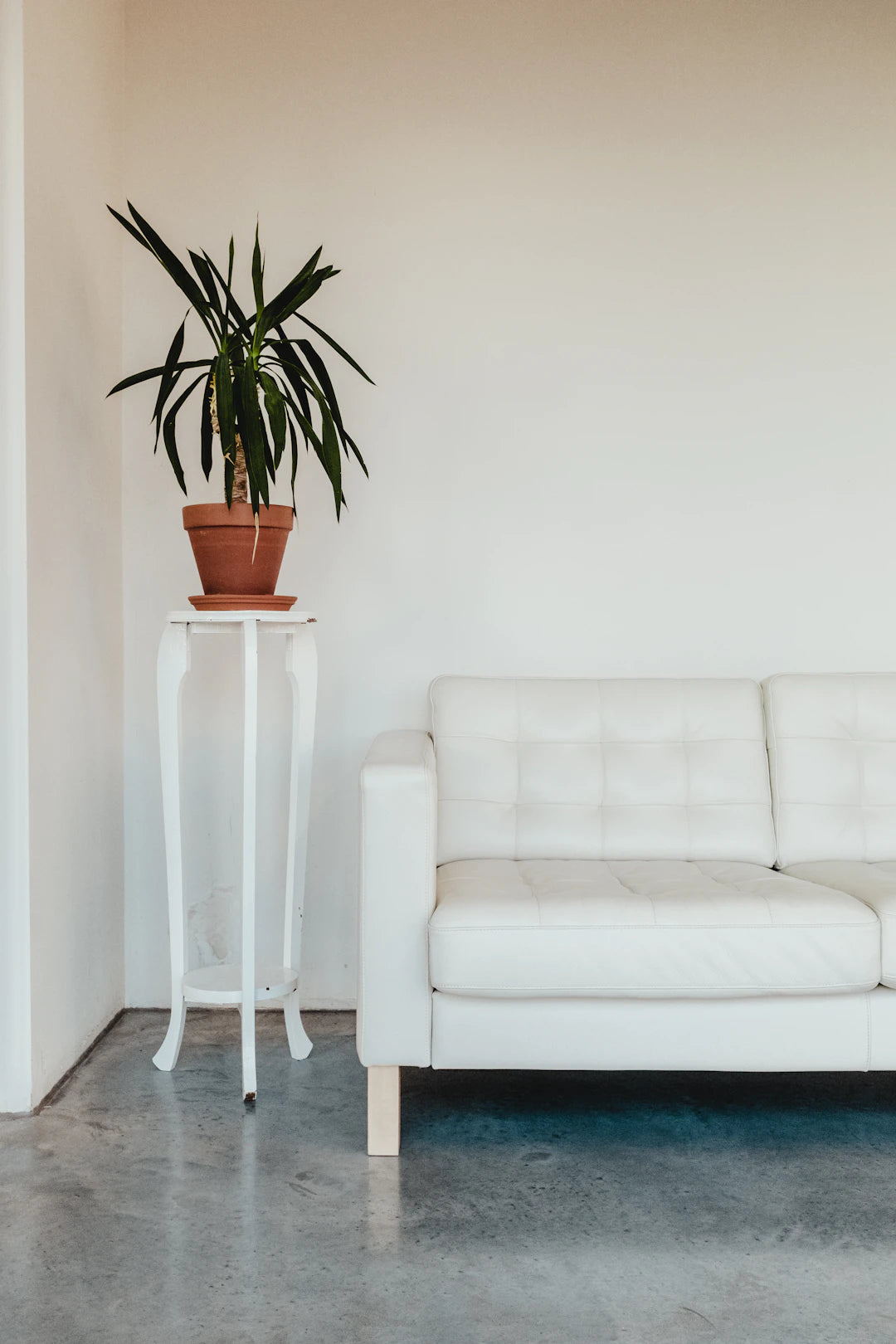Frequently Asked Questions
1. What is the importance of decluttering?
2. How should I start the decluttering process?
3. What supplies do I need for decluttering?
4. What are some tips for maintaining a decluttered space?
5. How can I involve my family in the decluttering process?
Decluttering your home can feel overwhelming, but with a solid plan and commitment, it can transform your space into a sanctuary. In this step-by-step guide, we will break down the decluttering process to make it manageable and rewarding. With a focus on strategies that spark joy and promote a minimalist lifestyle, let’s dive into the steps to achieve a clutter-free home. Whether you’re preparing for a move, aiming for an organized space, or just looking to simplify your life, these tips will help you on your journey.
Understanding the Importance of Decluttering
Why is it essential to declutter? Homes filled with excess belongings can lead to feelings of stress, chaos, and inefficiency. Studies have shown that being surrounded by clutter can negatively impact productivity and mental health. By decluttering, you create space that promotes relaxation and clarity, making it easier to enjoy your daily life.
Additionally, decluttering can help elevate your home’s aesthetic appeal and even improve its resale value. With a well-organized and minimal approach, your living space can shine, and who doesn’t seek that fresh and inviting atmosphere?
Preparation: Setting Your Intentions
The first step to decluttering is to set clear intentions. Take a moment to reflect on why you want to declutter. Here are some motivations that may resonate with you:
- Creating a more peaceful environment
- Making space for new memories or possessions
- Enhancing your productivity
- Preparing for a major life change, such as moving
- Reducing stress and anxiety levels
By establishing a solid reason, you will find it easier to stay focused during the decluttering process.
Gather Your Decluttering Supplies
Before diving into the decluttering process, collect some supplies to help organize your efforts. Here’s what you’ll need:
- Boxes or bags for sorting items
- A notebook and pen to jot down thoughts or action items
- Labels to categorize items you’re keeping, donating, or disposing of
- Cleaning supplies for a post-decluttering clean-up
Having these tools handy will streamline the entire process, allowing you to work efficiently and effectively.
Step One: Start Small, Build Momentum
When it comes to decluttering, starting small can make a world of difference. Choose one area or room to focus on first. This could be a single drawer, a closet, or even a corner of a room. The goal is to build momentum without becoming overwhelmed.
Choosing Your First Spot
Consider beginning with:
- Your kitchen junk drawer
- A bathroom cabinet
- A single closet
These smaller spaces typically hold less emotional attachment, making them easier to declutter. Remember, progress in any area, no matter how small, is still progress.
Step Two: The Decluttering Process
Once you have your first area selected, it’s time to roll up your sleeves and get to work. Follow these steps:
1. Empty the Space
Remove everything from the chosen space. This allows you to see everything you own and assess its necessity. Place everything on a clean surface, such as a table or the floor.
2. Sort Items into Categories
As you go through each item, sort them into three categories:
- Keep: Items you regularly use and love.
- Donate: Items in good condition that you no longer need.
- Discard: Damaged or broken items that could not be repaired or reused.
Be honest with yourself during this process; if you haven’t used it in six months and it doesn’t spark joy, it might be time to let it go.
3. Organize and Store
For the items you’ve chosen to keep, think about how you can organize them effectively. Consider using storage solutions like baskets, boxes, and dividers, which can help streamline your space. If you're working on garden-related areas, using tools such as Cor-Ten raised bed brackets is a fantastic way to make your garden projects tidy and well-planned.
Step Three: Maintaining Your Decluttered Space
Once you’ve decluttered and organized an area, it’s essential to maintain it. Here are some tips for keeping your space clutter-free:
- Adopt the one-in, one-out rule: For every new item you bring into your home, remove one.
- Schedule regular decluttering sessions, perhaps seasonally, to keep your space under control.
- Stay mindful of your buying habits; purchase what you truly need.
Regular maintenance will help to ensure that you do not revert to old habits of accumulating unnecessary items.
Step Four: Decluttering Bigger Spaces
Once you’ve mastered the art of decluttering smaller spaces, it’s time to tackle larger areas. Apply the same concept of breaking down each room into manageable sections. Here’s how to declutter some of the biggest areas in your home:
Living Room
For your living area, start with:
- The coffee table—remove magazines, books, or items that don’t belong.
- Shelves—evaluate if you need everything currently displayed.
- Under furniture—investigate items hidden beneath your couch or tables.
Bedroom
In your bedroom, focus on:
- Your closet—decide on clothes to keep and donate.
- Nightstands—remove irrelevant items that don’t belong there.
- Under the bed—clear out dust and items that may have accumulated over time.
Kitchen
In the kitchen, follow these steps:
- Cabinets—cull unused kitchen gadgets or outdated food items.
- Pantry—check expiration dates and reorganize shelves.
- Countertops—clear any excessive items to create a cleaner work environment.
Step Five: Bringing the Family on Board
If you live with others, involving them in the decluttering process can make for a more successful transition. Here are some ways to encourage family participation:
- Host a family decluttering day—make it a fun and cooperative event.
- Set shared goals, like creating a serene common area or cleaning out the garage.
- Communicate your intentions and motivate them by sharing the benefits of a decluttered home.
Finding Balance: Minimalism vs. Clutter
Decluttering isn’t just about getting rid of things—it’s about balance. Creating a minimalist lifestyle means keeping only what you love, need, and use. Evaluate each room and consider how you can maintain balance while ensuring that each space serves a purpose.
While you may feel tempted to acquire new items, remember that every possession comes with responsibilities, such as cleaning, maintenance, and storage. By prioritizing quality over quantity, you’ll find yourself more satisfied with your belongings.
Celebrate Your Efforts!
Once you've completed a decluttering session, take a moment to celebrate your hard work! Small rewards can motivate you to continue your journey. Treat yourself to a nice meal, enjoy some relaxation time, or delve into a book you’ve been meaning to read. Recognizing your achievements will make the tedious task of decluttering less daunting.
Remember, decluttering is an ongoing journey. There will always be opportunities to refine and improve upon the spaces in your home. The more you practice decluttering, the easier it becomes, and the more fulfillment you will discover in your living environment.
Transforming your home into a serene haven takes time and patience, but with dedication and the steps outlined above, you can achieve the decluttered lifestyle you desire. Embrace the journey and enjoy every moment of creating your peaceful sanctuary!


